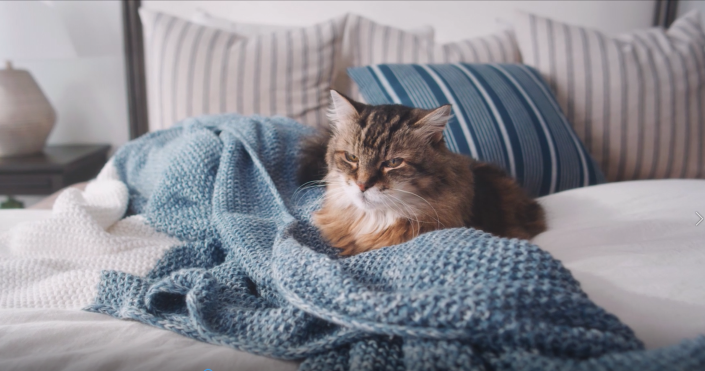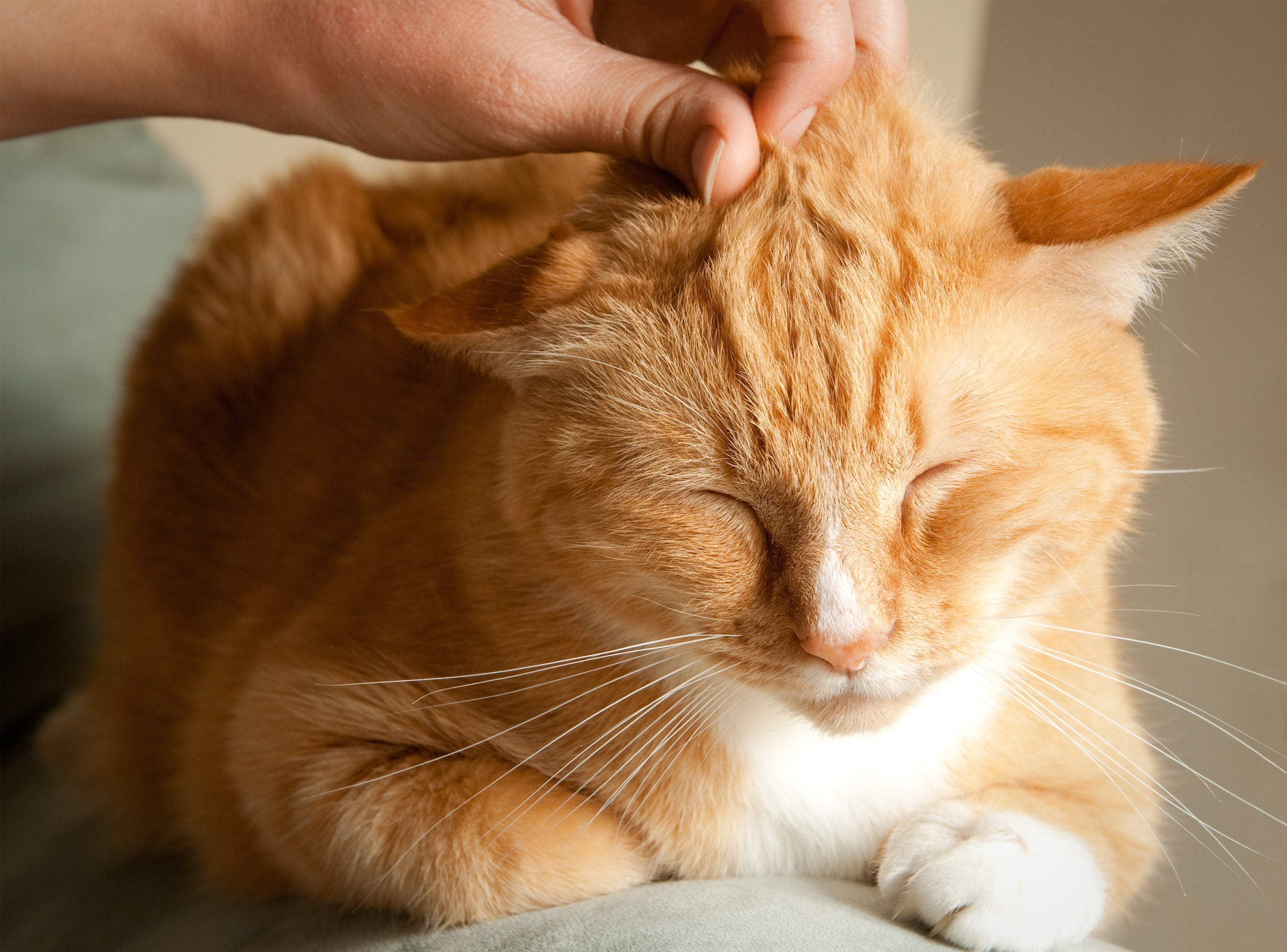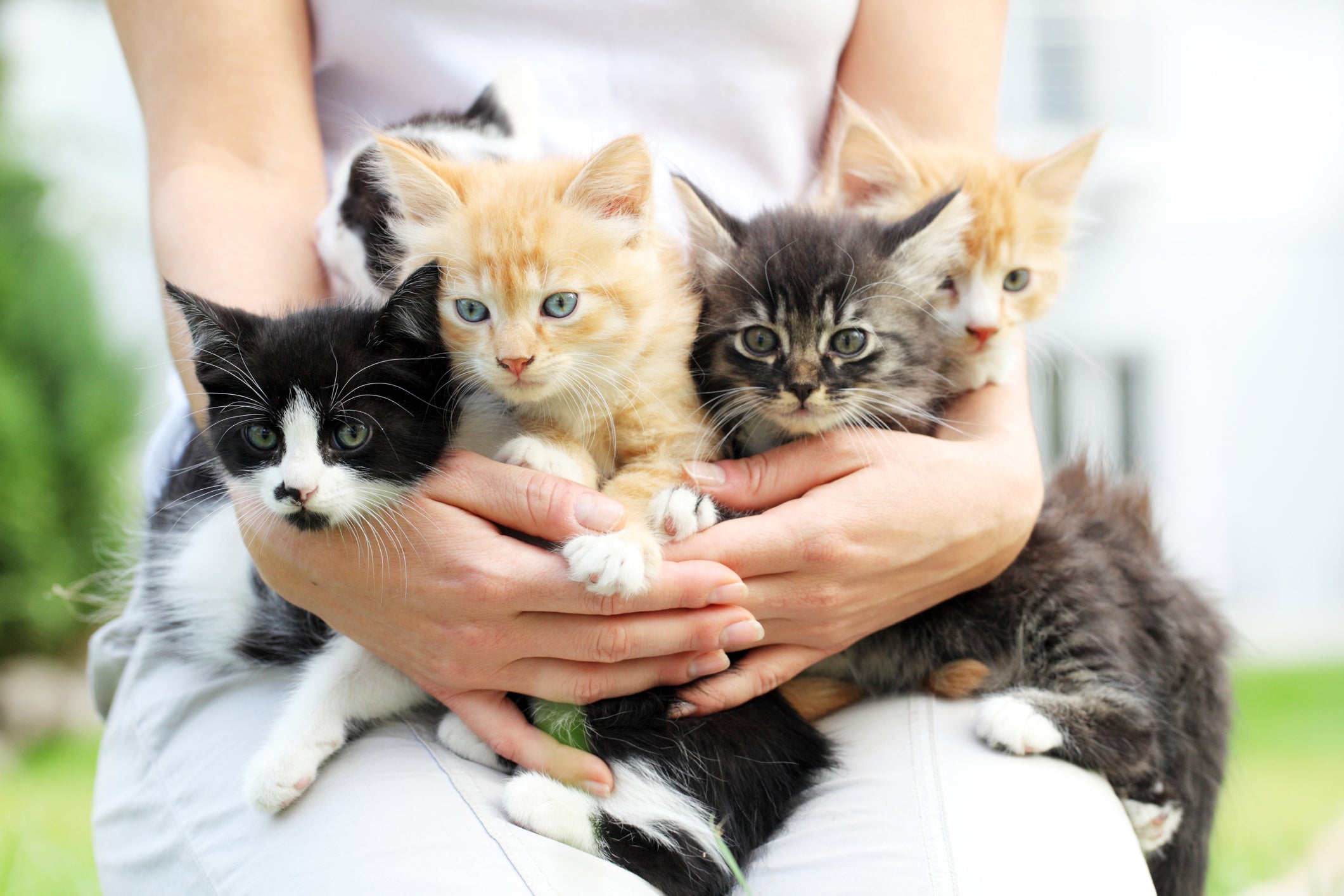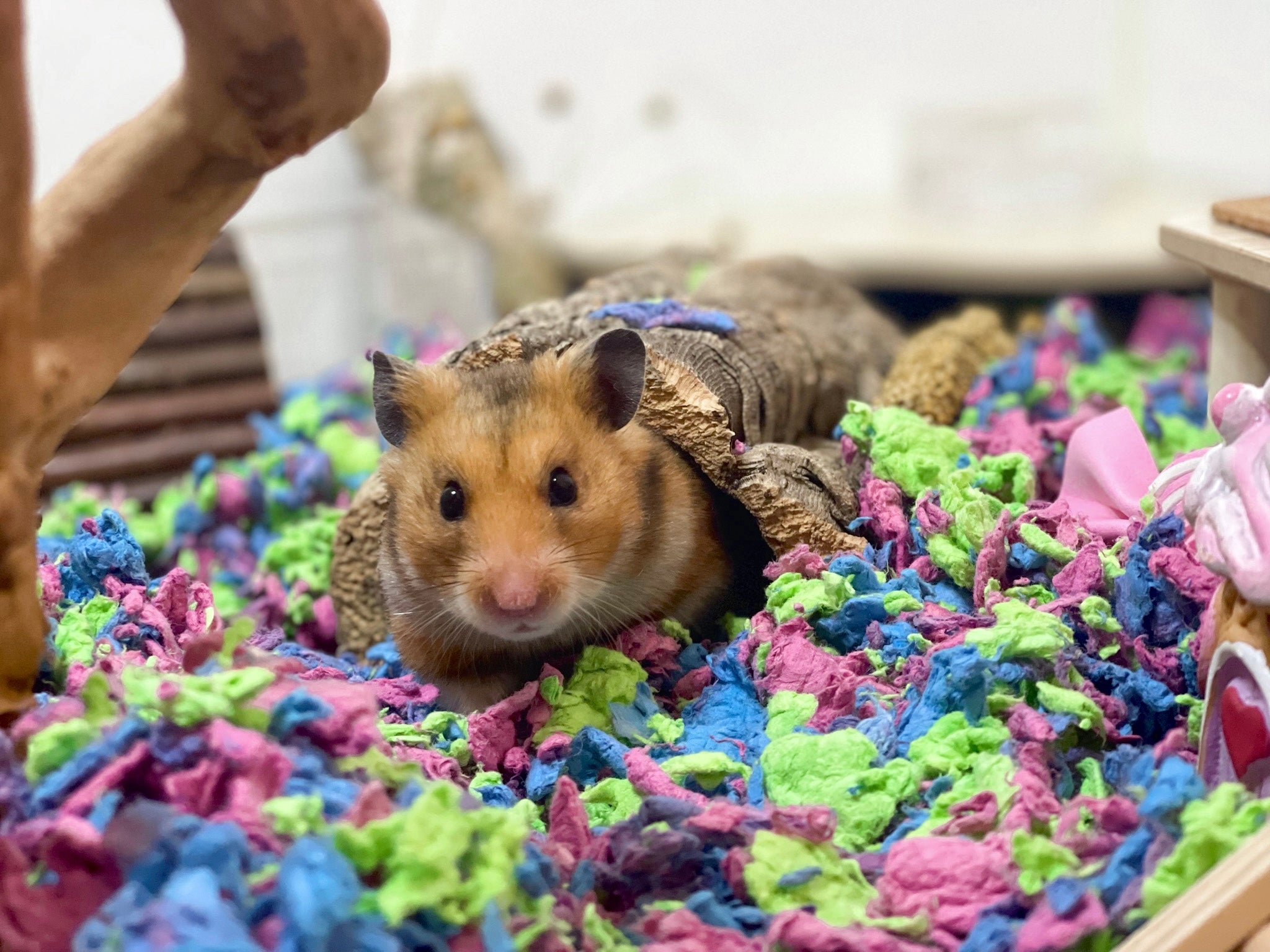
Learn All About Feline Diabetes: Prevention, Symptoms, Treatment and Diet
November is American Diabetes Month®, and humans aren’t the only ones at risk of developing diabetes. Approximately 1 in 200 cats in the United States suffer from diabetes.
What is diabetes?
Diabetes mellitus, commonly called just diabetes, is a disorder that occurs when the body is unable to regulate the amount of sugar in the bloodstream. There are two types of diabetes, type-1 and type-2.
Type-1 diabetes, also known as insulin dependent diabetes, occurs when the body is unable to produce insulin. Insulin is a hormone released when blood sugar levels are high, called hyperglycemia, such as after meals. Insulin directs cells in the body to move sugar out of the blood stream and into cells for storage or energy.
Type-2 diabetes, also known as non-insulin dependent diabetes or insulin resistance, occurs when the body becomes less responsive to the effects of insulin. Even though insulin is still being produced, blood sugars levels become elevated.
Regardless of the cause, both forms of diabetes result in chronically elevated blood sugar levels that damage capillaries, the smallest blood vessels in the body. The damage to capillaries may lead to different complications.

What causes diabetes in pets?
Diabetes is influenced by both inherited and environmental factors. Genetics seem to be an important risk factor in dogs, and certain breeds, like Keeshonds and Samoyeds, are more likely to develop diabetes. Age is another important risk factor. Though it can affect animals of any age, it is more common in middle-aged and older animals.
Obesity is a major risk factor for type-2 diabetes, which is more common in cats. Fat tissue impairs the effects of insulin and leads to insulin resistance. Unfortunately, obesity in pets is becoming more prevalent. It is estimated that more than half of all cats in the United States are overweight and at risk of developing diabetes. Fortunately, diet and weight loss play an important role in the treatment of type-2 diabetes.

How is diabetes treated or managed?
While there is no cure for diabetes, it is a manageable condition. Just like diabetes in people, diabetes in pets can be controlled with medications and lifestyle changes. The goal of treatment is to stabilize blood sugar levels by preventing them from getting too high or too low. This can be achieved with some combination of diet, insulin and at-home monitoring. There are several different types of insulin available with different durations of action, your veterinarian will assess your pet to determine which type of insulin will be best for your particular pet. In addition to insulin, diet and weight loss are just as important when it comes to treating diabetes in pets.
Recent nutritional studies show that switching to a low-carbohydrate and high-protein canned food diet is the most effective dietary routine for most diabetic cats. Your veterinarian will work with you to determine what if any nutritional changes are necessary for your cat. Weight loss is also important because obesity is a common cause of insulin resistance. Fatty tissue releases factors that impair the effects of insulin. To promote weight loss, you should increase your cat’s daily exercise (yes you can get your cat to exercise), in addition to following your veterinarian’s dietary suggestions.

Photo by Piotr Musioł on Unsplash
What are the common signs and symptoms of diabetes in cats?
The classic symptoms of diabetes are:
- Increased thirst
- Increased appetite
- Increased urination
- Lethargic
- Weight loss
- Dull coat
How do you know if your cat has diabetes?
Diabetes can only be diagnosed by a veterinarian. If you think your cat may have diabetes, see your veterinarian immediately. Your veterinarian can diagnose diabetes with simple blood and urine tests. These fast and easy diagnostic tests allow your veterinarian to detect abnormally high levels of sugar in your pet’s bloodstream and also look for the presence of sugar or sugar breakdown products in their urine.
What’s the treatment?
Fortunately, diabetes is a treatable disease. The goal of treatment is to avoid the complications of diabetes by providing stable blood sugar levels. This can be achieved with some combination of diet, weight loss and insulin. There are several different types of insulin available with different durations of action. Your veterinarian will determine which type of insulin will be best for your particular pet. If your cat is overweight, your veterinarian will likely change their diet. Recent nutritional studies have found that switching to a low-carbohydrate and high-protein canned food diet is the most effective dietary intervention for diabetic cats. To promote weight loss, follow your veterinarian’s feeding recommendations and encourage active play. With the right medications, diet and weight loss, diabetes can be controlled.
It is important to realize that if caught early and treated with insulin and diet, diabetic cats can go into remission, which means their blood sugar levels, also known as blood glucose levels, remain stable for more than a month without insulin injections or oral medications. Studies have shown that diabetic cats have remission rates that have been reported to range from 15%–100%. Predictors of diabetic remission in cats include achieving excellent blood sugar control within 6 months of diagnosis and regular home monitoring. Even if your cat does not go into remission, the goal of diabetes treatment is to reduce symptoms and avoid complications of uncontrolled diabetes.

Take home message
Diabetes is an increasingly common problem in older cats. Become familiar with the signs and symptoms of diabetes and watch for their development in your pet. Take your cat to your veterinarian for regular examinations and screening tests. Remember it is always best to catch diseases early before they become advanced and lead to complications. If your cat has diabetes, remember that diabetes is a manageable disease and with treatment cats with diabetes can live long healthy lives.
FOR MORE INFORMATION ABOUT DIABETES SPEAK WITH YOUR VETERINARIAN.
The makers of okocat® natural litter are not only dedicated to making the best cat litter, they are also committed to helping cats live longer, healthier lives. By providing educational articles like this one, they hope to educate pet parents about important cat health topics.









